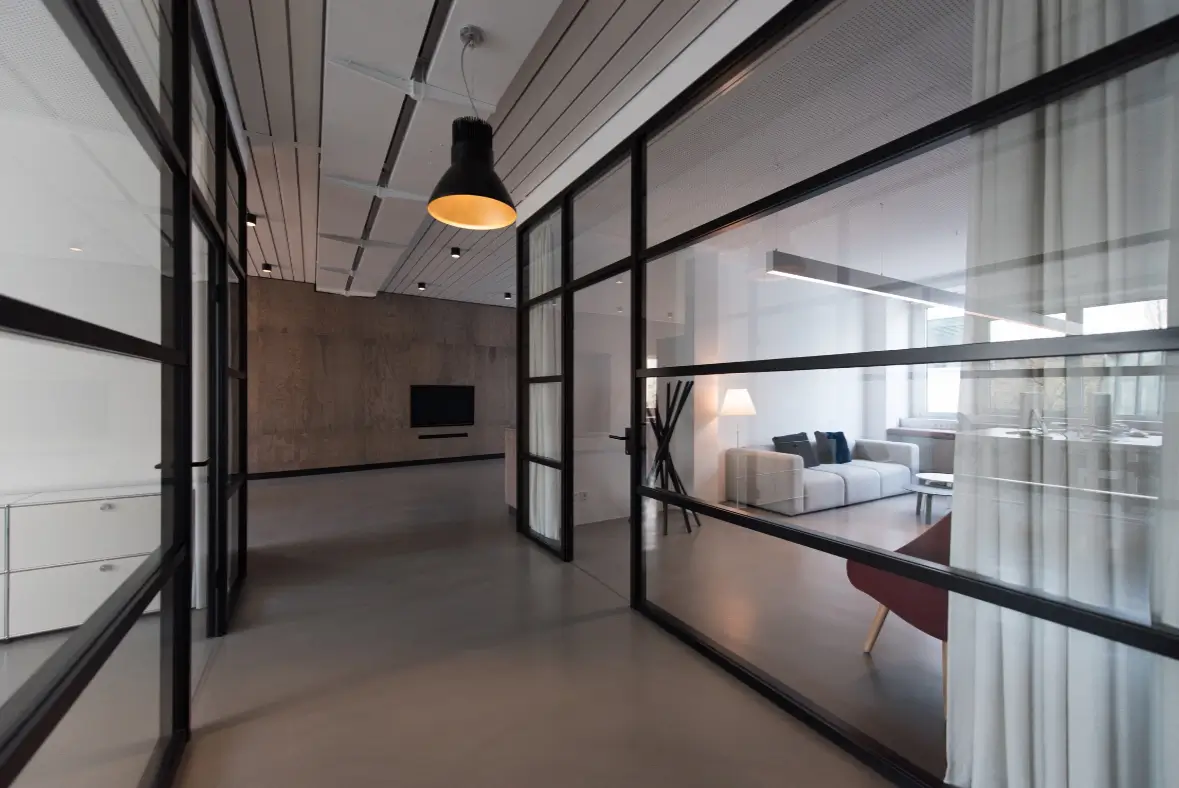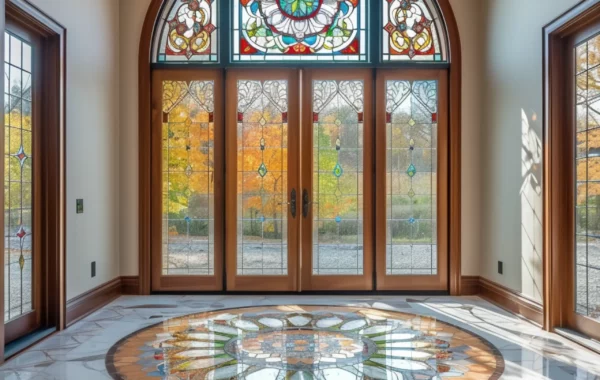What to choose for separating workplaces: glass partitions VS PVC
In open offices, the issue of separating jobs against the background of the current epidemiological situation and the value of isolating employees from each other in 2022 has become especially acute. Moreover, at any time the situation may change and the need for glass partitions may be reduced, so prudent companies are looking for sufficiently flexible and mobile solutions for zoning, like glass partitions and CLG doors or opaque PVC solutions. Let’s compare them point by point: energy efficiency, environmental friendliness, impact on productivity.
Energy efficiency
CLG glass partitions are transparent, due to which, with such zoning, you do not need to worry about providing additional local lighting for workplaces. Due to the translucency, even in those areas of the open office space that do not have direct access to the windows, there will be enough light. If you “hide” everyone behind opaque plastic ceilings, then even those sitting by the window will need additional lighting, which will affect both zoning costs and electricity bills.
Environmental friendliness
The influence of polyvinyl chloride as a material for zoning office space on the environmental situation is a moot point. The material, if it is produced in accordance with current regulations, does not harm nature directly. But even then, making a vinyl workspace divider wall requires more energy and potentially generates more emissions to the atmosphere than assembling similar glass products on an aluminum frame. Of course, it all depends on the equipment used in the production and many other factors, but given the durability of Glass doors, they have a clear advantage in terms of environmental friendliness.
It also makes sense to mention the safety of both materials in the event of an emergency. When installing fire-resistant glass in metal frame systems, the occurrence of harmful fumes during heating is excluded, as well as the risk of injury to people when evacuating people from the danger zone is minimized. As for plastic partitions, not all of them are safe in such a situation – the presence of harmful fumes from melting PVC can increase the number of fire victims in an office building.
Impact on productivity
Since we are comparing transparent glass and solid plastic office partitions, it makes sense to pay attention to the impact of both options on employee productivity. It is believed that working under the potential “supervision” of colleagues is dangerous in terms of increasing the stressful situation. But there is also a downside – in an open office without blank partitions, people, on average, work more productively. When jobs are separated by an opaque wall, there is a great temptation to once again relax and be distracted, while transparency deprives such an opportunity and encourages everyone to strive to finish things faster and relax later – in a special area for relaxation and distraction.


